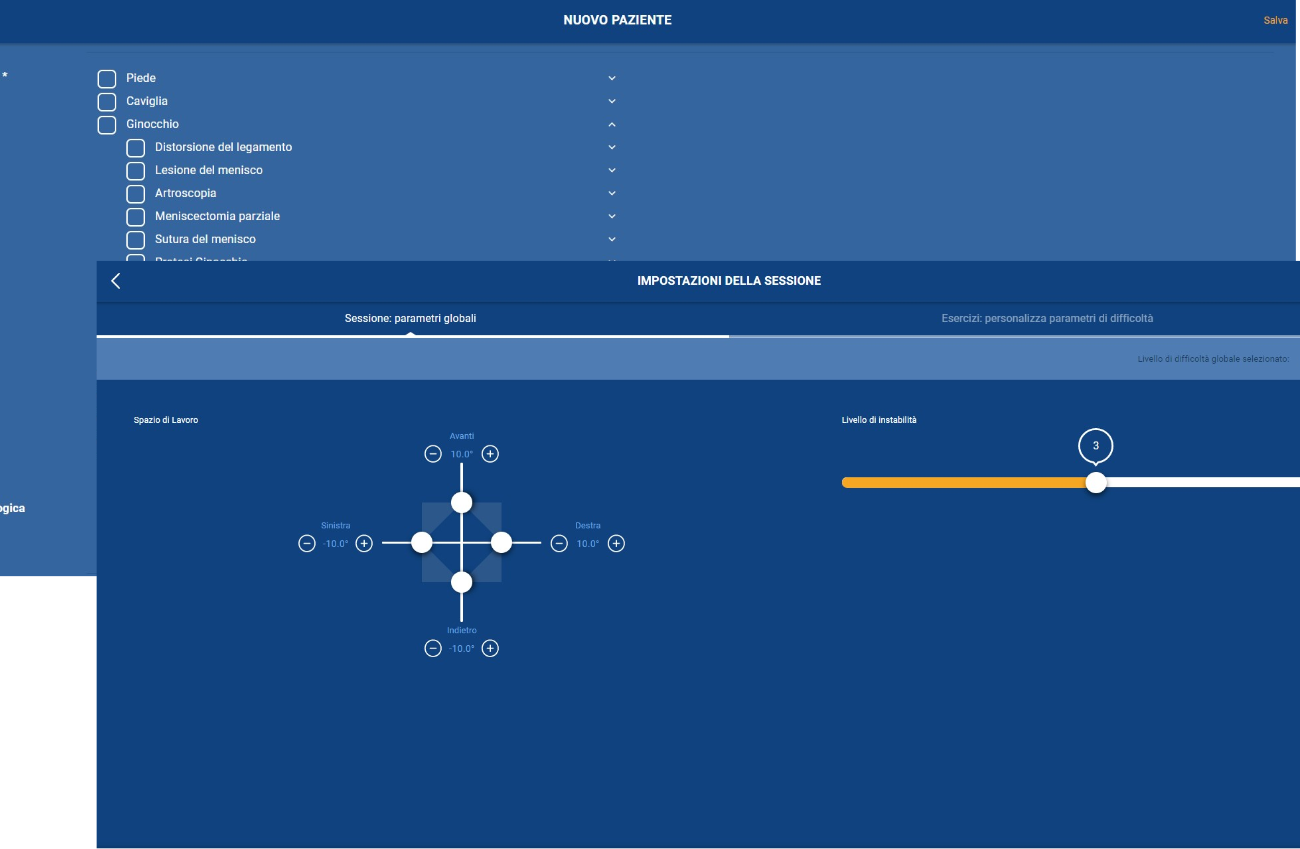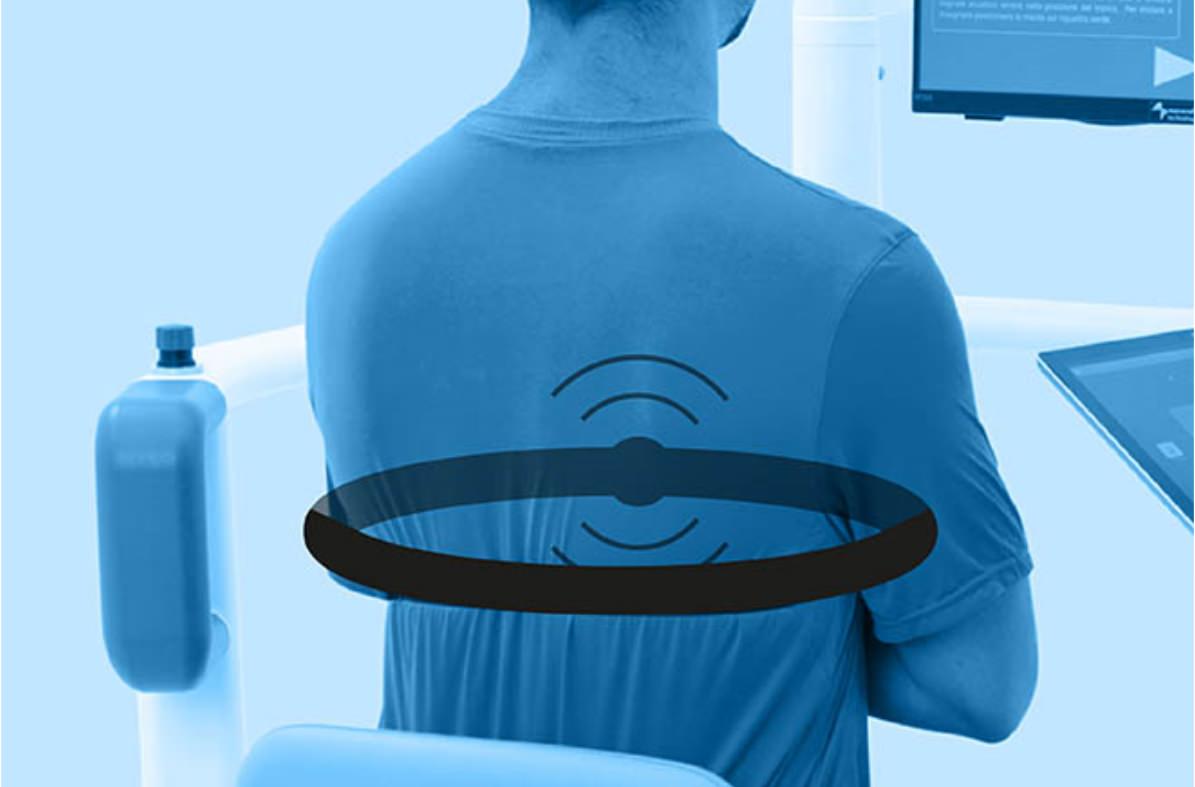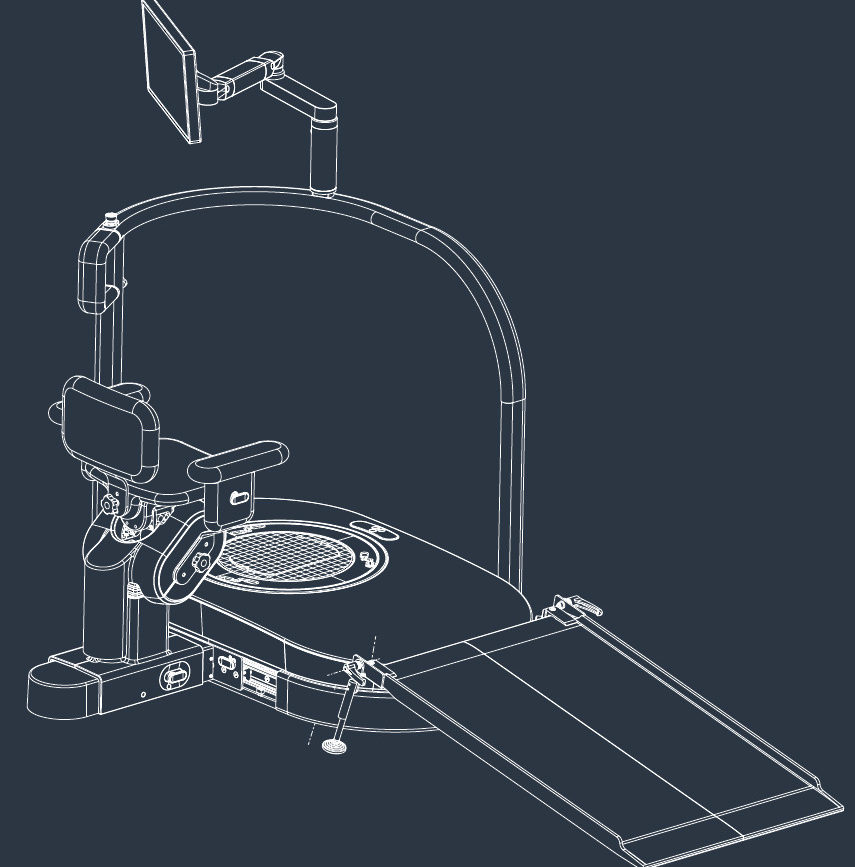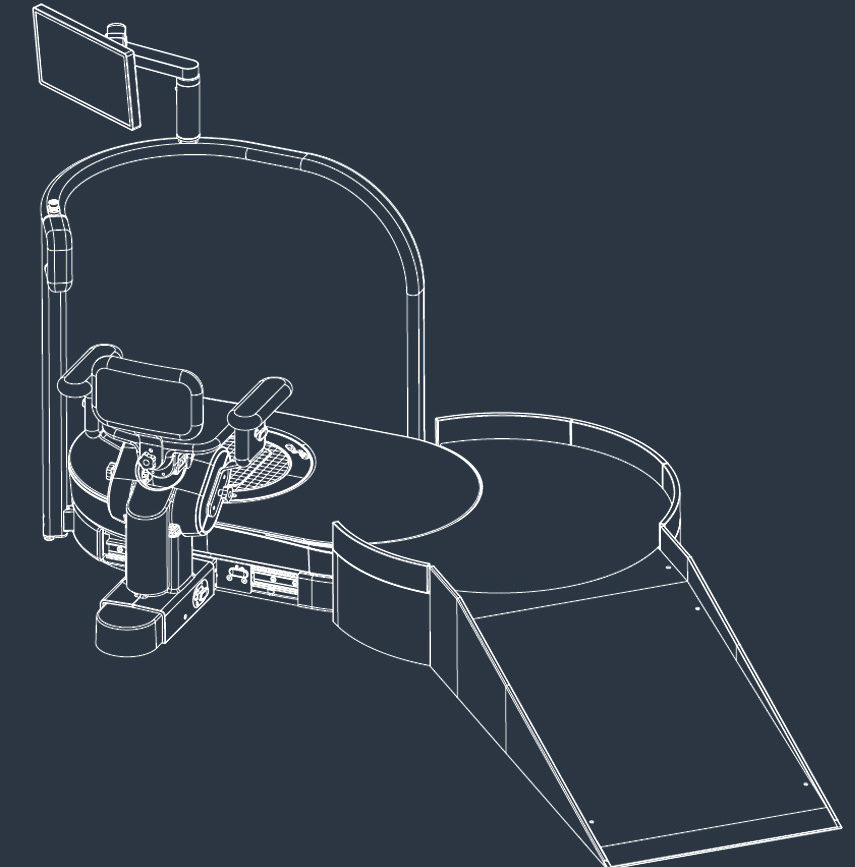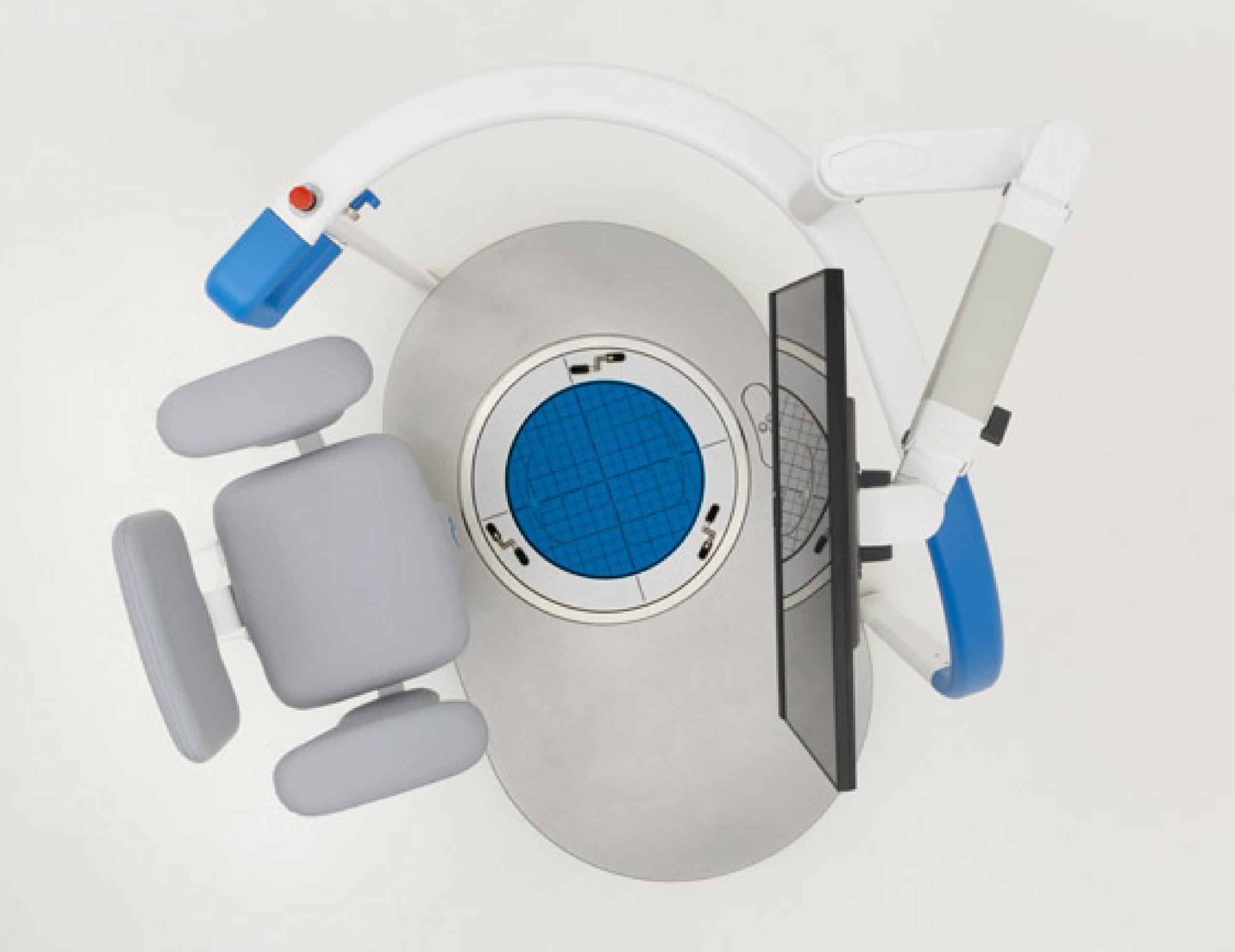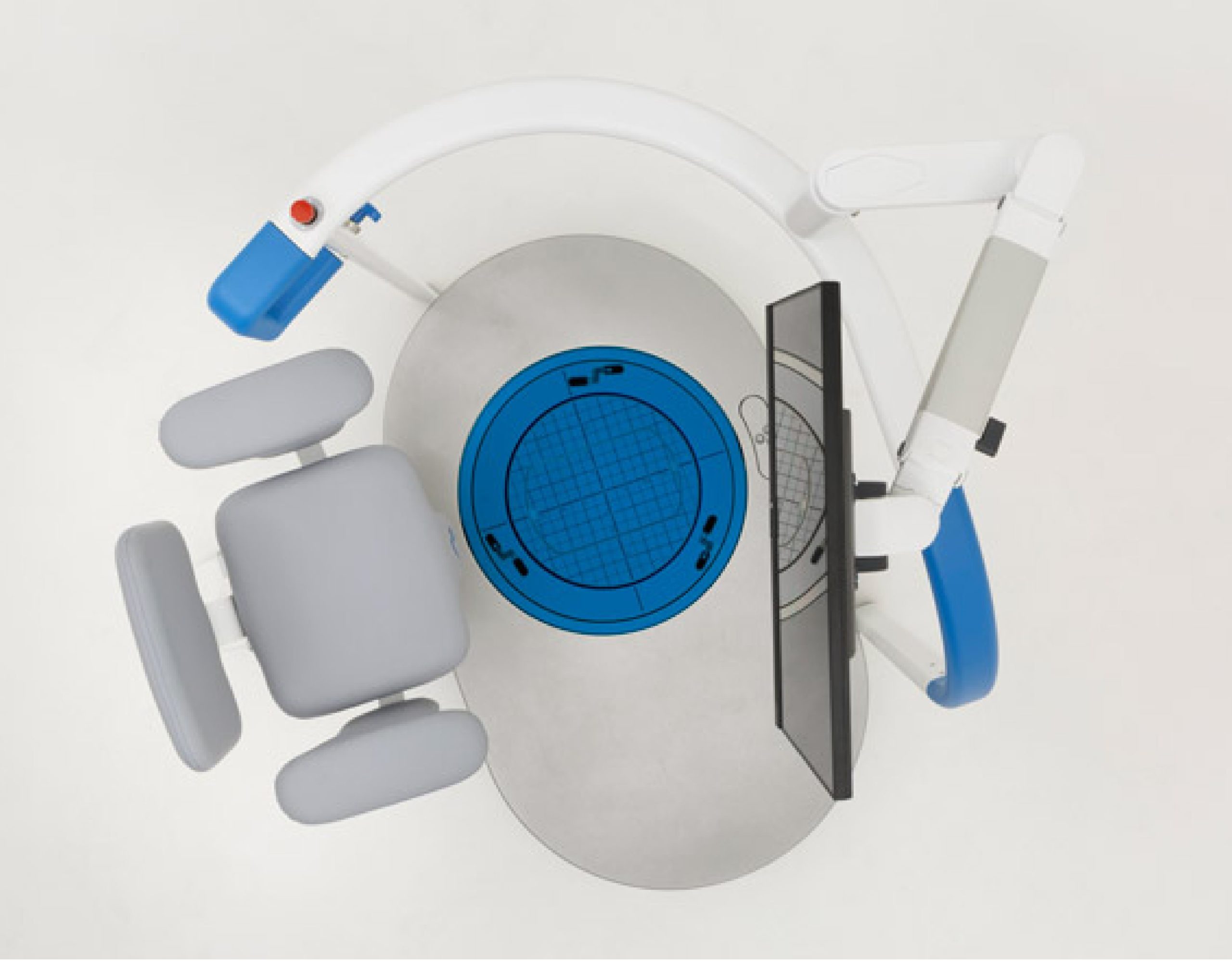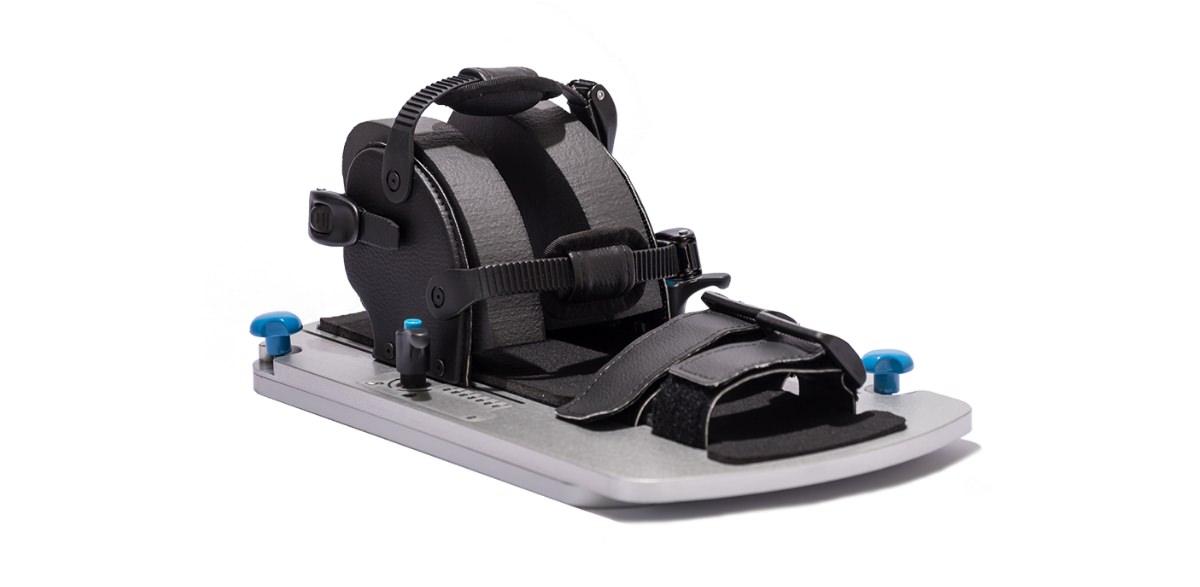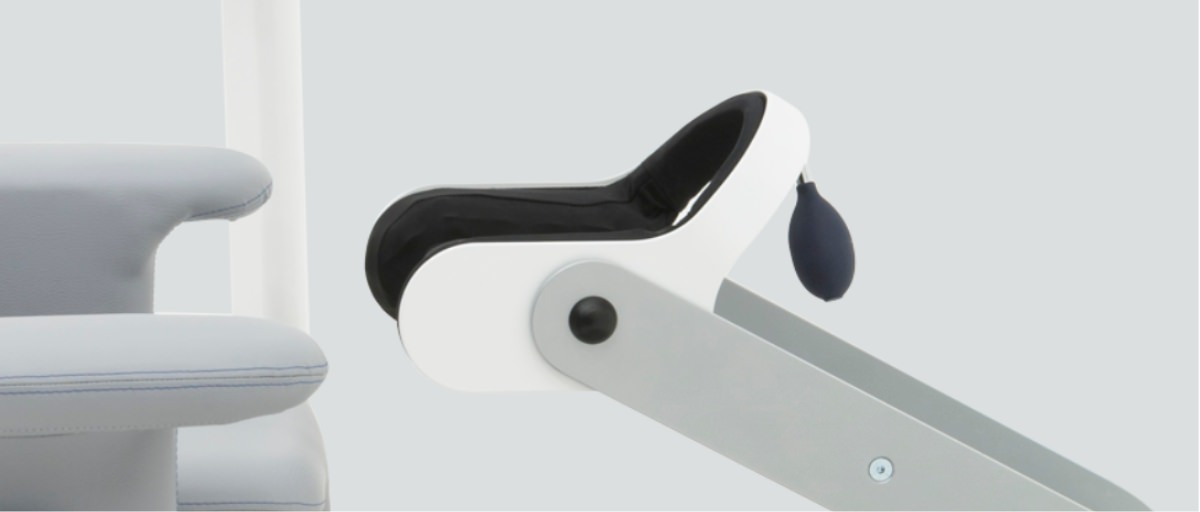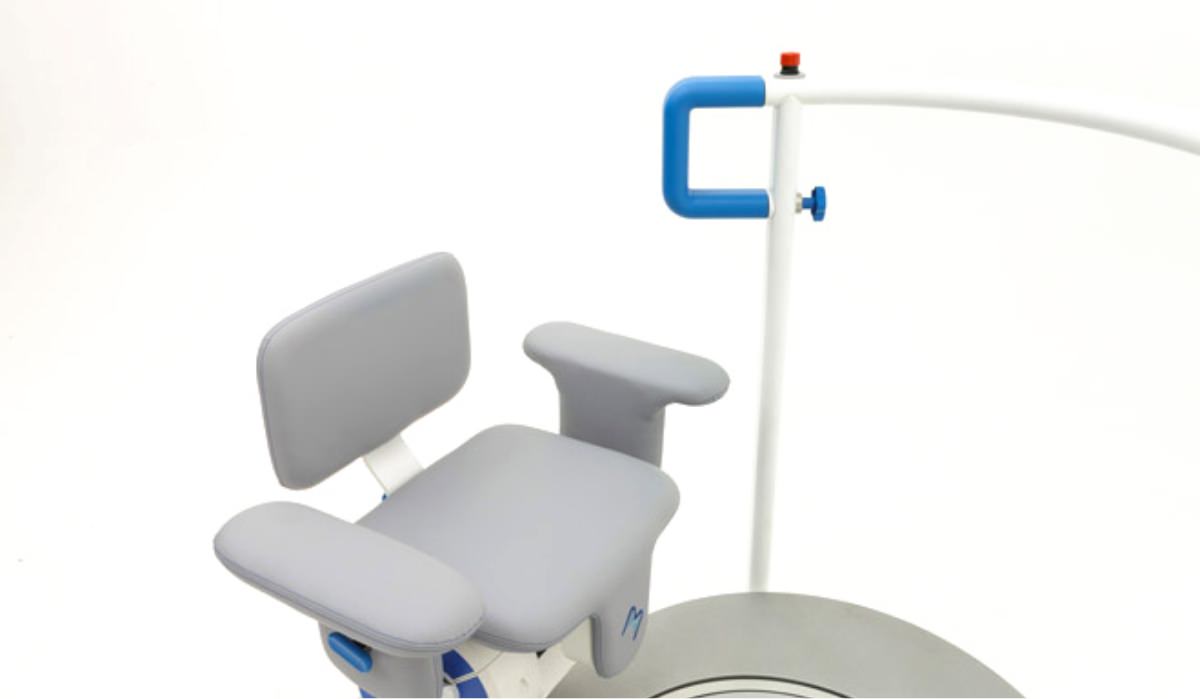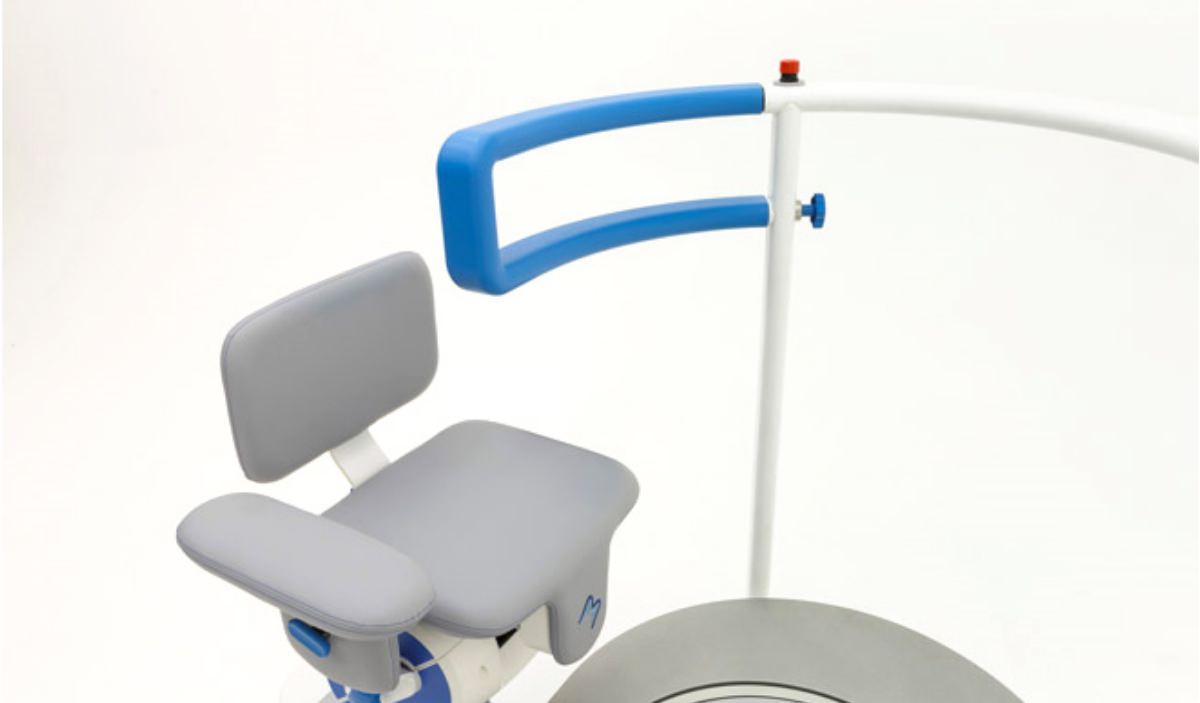COVID-19
The Post-covid-19 Condition protocol
The Post-covid-19 Condition protocol
In concert with its network of national and international clinical partners, Movendo Technology has developed a post-COVID-19 protocol, which has been used since December 2020, consisting of an assessment tool and a specific treatment for neuromotor conditions associated with Post-COVID-19 Condition.
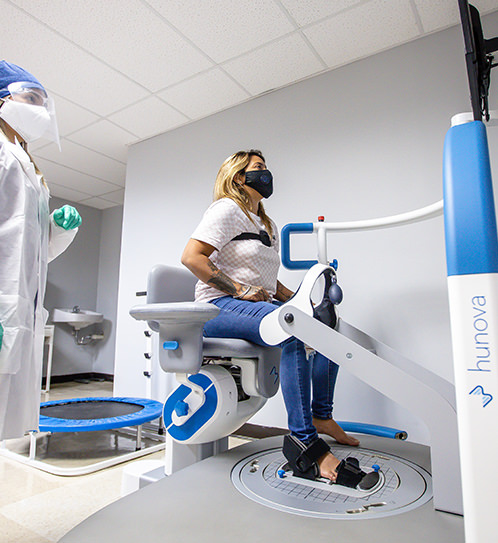
- https://covid19.who.int/
- Lopez-Leon S, Wegman-Ostrosky T, Perelman C, et al. More than 50 Long-term effects of COVID-19: a systematic review and meta-analysis. medRxiv [Preprint]. 2021. doi:10.1101/2021.01. 27.21250617
- Office for National Statistics. The prevalence of long COVID symptoms and COVID-19 complications. [updated December 16, 2020]. Available from: https://www.ons.gov.uk/. Accessed February 2, 2021
What is the Movendo Post-covid-19 Condition protocol?
The application of the dedicated protocol aims to achieve the following objectives:
- Focus on the assessment and evolution of the Post-COVID-19 Condition
- Early intervention to reduce the persistence of the condition
- Acquisition of objective data on the evolution of patients with Post-COVID-19 Condition and subsequent treatment
- Integration and efficiency in a single technological assessment and treatment solution
Clinical and robotic assessments
combined in a single analysis
Clinical and robotic assessment parameters are combined to obtain an accurate description of the patient’s condition. The clinical tests available to treating physicians are combined with objective robotic data to form a starting point for the robotic treatment.
CLINICAL ASSESSMENT
ROBOTIC ASSESSMENT
The Post-covid-19 Condition treatment protocol
After the assessment, patients receive personalized robotic treatment using hunova, with exercises tailored to suit their neuromotor deficits. A paper was recently published on the Springer journal “Neurological Science” focusing on the application of hunova for the treatment of post-COVID-19 condition symptoms:
Benefits
- Sophisticated movement and strength profiles, developed on the basis of the principles of motor learning and brain plasticity during hunova assessment phase, can be applied precisely and repetitively to the customized treatment exercises during the second rehabilitation phase.
- High-intensity, task-oriented functional training, which is essential for effective, affordable and lasting recovery, to assist therapists in the treatment of patients.
- Rehabilitation exercises delivered in gaming mode, to provide motivation and support to the patient during the exercises.
- Treatment tailored to suit the deficits identified.
- Fully-customizable difficulty levels.
- Treatment in sitting and standing positions.

